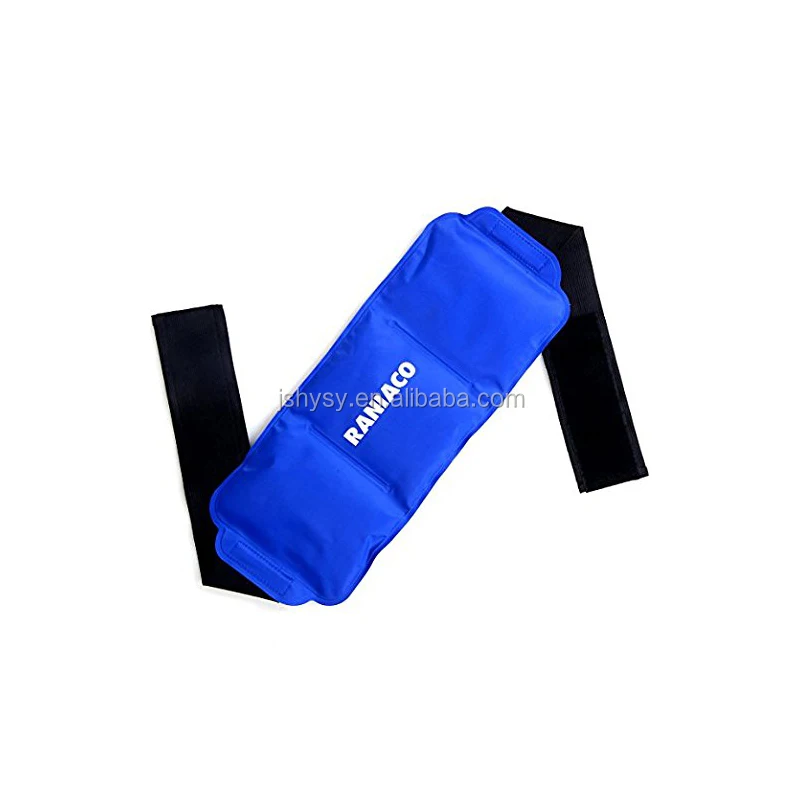
Then take the towel out of the bag and place it on the affected area. To make a towel into a cold pack, place a folded, damp towel in a plastic bag and put it in the freezer for ten to twenty minutes.
#Coolpack for injuries skin#
The bag should be wrapped in a towel before applying it to the painful area to protect the skin from ice burn. Some people like to add a little water to the ice so that the bag is not so lumpy. To make an ice pack, simply put the desired amount of ice in a plastic bag (baggie) and squeeze the air out of the bag before sealing it.
#Coolpack for injuries how to#
Watch: Video: How to Make 5 Quick and Easy Ice Packs Homemade Ice Pack Here are 5 quick and easy homemade ice packs to try. This type of temperature control therapy may also help with recovery after undertaking some sustained physical exertion such as a day of hiking.Video: How to Make 5 Quick and Easy Ice Packs Fatigue was also reduced at 48–72 hours after sports events. One review of the evidence found cold water immersion improved performance, measured by jumping and all-out sprint ability 24 hours after a sporting event. However, this practice is also not without controversy. Soaking in itĪthletes commonly use water immersion therapy for recovery. One study assessed hospital inpatients with heel pain and found greater improvement in foot function after hot/cold therapy compared with a group who underwent standard therapy. But, as a first aid intervention, pain can be reduced by applying hot water (42–45☌) to the area for 30–90 minutes.Īlternating hot and cold to an area of pain has been used for decades but there has not been a great deal of research assessing the practice.

#Coolpack for injuries professional#
These are best treated by a medical professional in a hospital emergency department. Heat is used differently for bluebottle stings. Health Check: do joint and muscle aches get worse in the cold? This approach can also help people engage in activities that might aggravate a chronic injury by loosening and relaxing injured muscles. Heat therapy can be very effective for muscle tension or joint stiffness - increasingly blood flow and heating muscles or joints for around 15 minutes before physical activity as a kind of warm up. Heat therapy does not mean applying something very hot, rather it should be warm, pleasant and easily tolerated for long periods. If pain is due to a strain or sprain, cold therapy should be applied immediately, but heat therapy can help relieve pain from 72 hours post-injury.Ĭooling down an injury immediately after it happens can reduce swelling but don’t do it for too long.

Heat therapy can help chronic conditions such as recurring joint pain, neck or back pain. Heat therapy is not recommended for acute management of sprains, strains or contusions as this promotes blood flow and can increase swelling and pain. Moist heat therapy includes warm bath, hot wet towel and moist heat packs. These are easy to apply and are effective for reducing pain. Heat therapy is generally thought of as being either dry or moist.ĭry heat therapy includes hot water bottles or heated pads. But with less severe injuries like minor sprains and strains, inflammation is part of the body’s healing process and continuing cold therapy can be a barrier to recovery.Ĭan't face running? Have a hot bath or a sauna – research shows they offer some similar benefits

So, ice can be useful when we want to limit the initial swelling and pain, since too much or prolonged swelling can impede the healing process. After that, the injury should be well into the healing phase and the swelling and inflammation will subside.Ĭold therapy, or applying ice, is often used in conjunction with rest, compression and elevation, known in first aid by the acronym RICE. Typically, the treatment should be applied for about 20 minutes and can be reapplied every two hours for a few days. It is best to wrap ice in a cloth and then apply it.Ĭold therapy is most effective in the immediate or acute phase of pain when swelling and inflammation first kicks off. It is important to avoid holding ice in direct contact with the skin for long periods as this can cause skin damage. Gel packs that can be kept in the freezer, coolant sprays or even a bag of frozen veggies will do the job. The objective is to slow blood flow to the area and prevent the effects of the injury.

We can treat injury or tissue pain with a hot or cold pack, or sometimes alternate the two.Ĭold therapy should be used for injuries that result in swelling and inflammation such as joint sprains, muscle strains or bruises. Feeling sore after exercise? Here's what science suggests helps (and what doesn't)


 0 kommentar(er)
0 kommentar(er)
